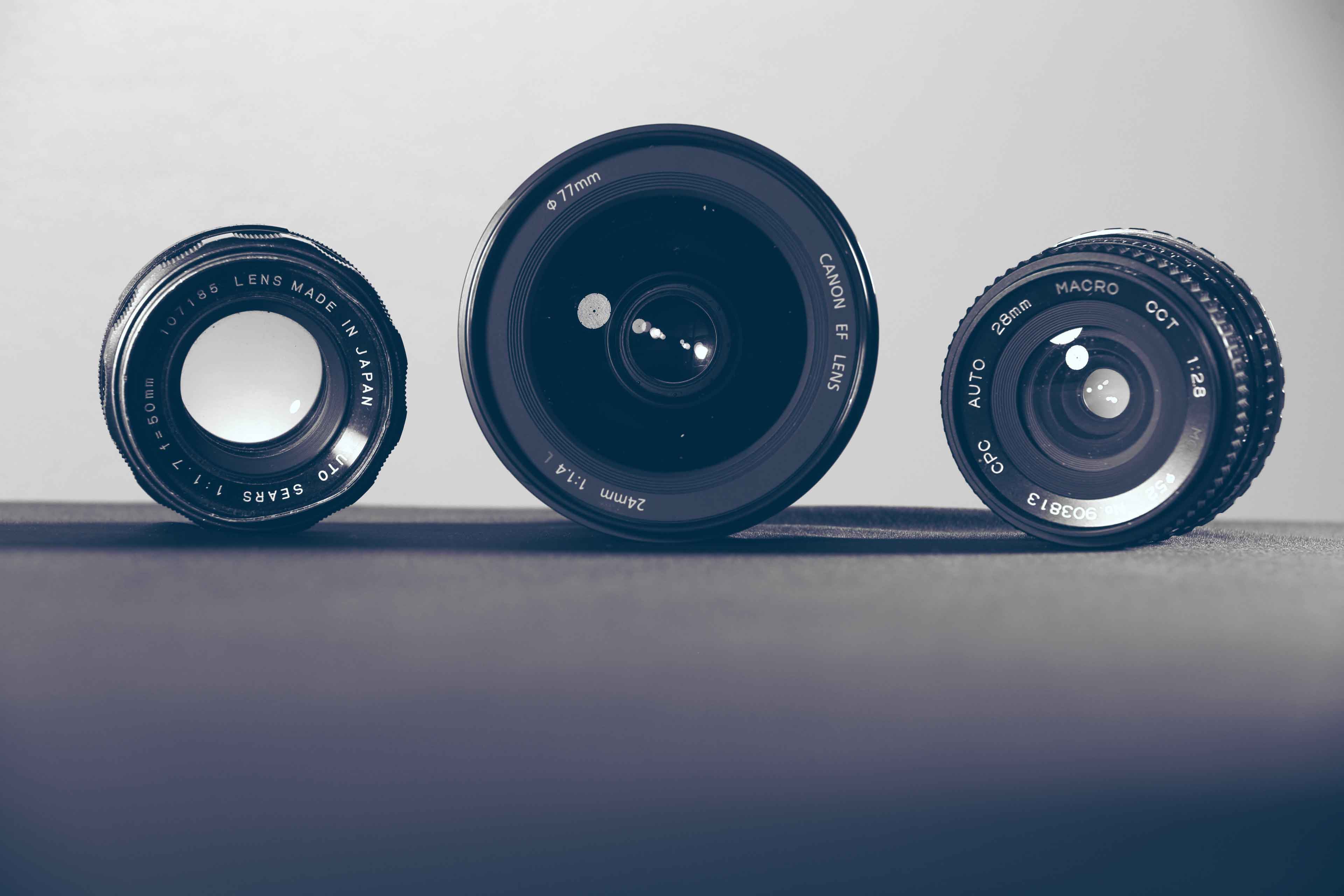What are those dark spots in the sky?
This is one of the most-frequently asked questions about digital cameras and it relates to sensor dust and cleaning.
Some people know they have sensor dust while others only know that there are spots in their images. Some even blame the spots on their lens. Though while logical at first, it takes a sizeable piece dust on/in a lens to show up as a prominent spot in a picture – especially if it is on the front lens element.
TO CHECK FOR DUST
- You need a newly charged battery in the camera
- Find a clean, well-lit work area
- Mount a 50mm or longer lens on your DSLR camera
- Find an evenly-light-colored, evenly-lit background for a test shot – a blue sky, a white wall, a piece of paper, etc.
- Set the lens to manual focus and set the focus to make your selected subject completely Out of Focus. You want to see the dust – not the subject.
- Adding motion blur to your test image is all-the-better.
- You may want to turn off IS if your lens is so-equipped though it won’t hurt to leave it on.
- On the camera, set your exposure mode to Av, ISO to 100 and – very important – set the aperture to at least to f/22.
- Take the test picture.
If your sensor is dirty, you will see spots in your test image. They are especially easy to see if you load the test shot into your computer and increase the contrast. Reviewing the test shot on your LCD is faster and works just fine. Zoom into the image 2 or 3 levels and pan through the image systematically looking for spots. Remember, the location of the dust on the sensor will be exactly opposite of where it appears in the image on the LCD (the lens flips the image, the camera de-flips it for viewing). When you turn the camera 180 degrees to look into the chamber, the spot will now be flipped up/down only.
There are many sensor cleaning methods. Start with the easiest and least intrusive cleaning method and move down more difficult ones until you have a clean sensor.
When the sensor cleaning is finished, clean up and reset your camera to your normal settings. Be sure to set focus to AF. Be careful, relaxed and patient while cleaning your sensor, you will do a better job. Relaxing will become easier after you become familiar with sensor cleaning methods.
So how do we keep dust off of the sensor in the first place? Well, you may not be able to prevent it – DSLRs often have with dirty sensors right out of the box. But aside from that, a little care can minimally prolong a necessary sensor cleaning.
Probably the most significant dust-prevention you can do is to change lenses quickly (but still carefully) in a dust-free environment. On a windy day outdoors, the amount of airborne dust is extremely high.
ENTRY COST
- IEPPV Premium Members = FREE
- IEPPV Introductory and Professional Members = $20
- Non-IEPPV Members = $30
REGISTRATION REQUIREMENTS
IEPPV Premium, Professional, and Introductory Members:
Your membership number is required at registration or you cannot complete the registration process. If you are unsure what your membership number is, please email membership@ieppv.com.

